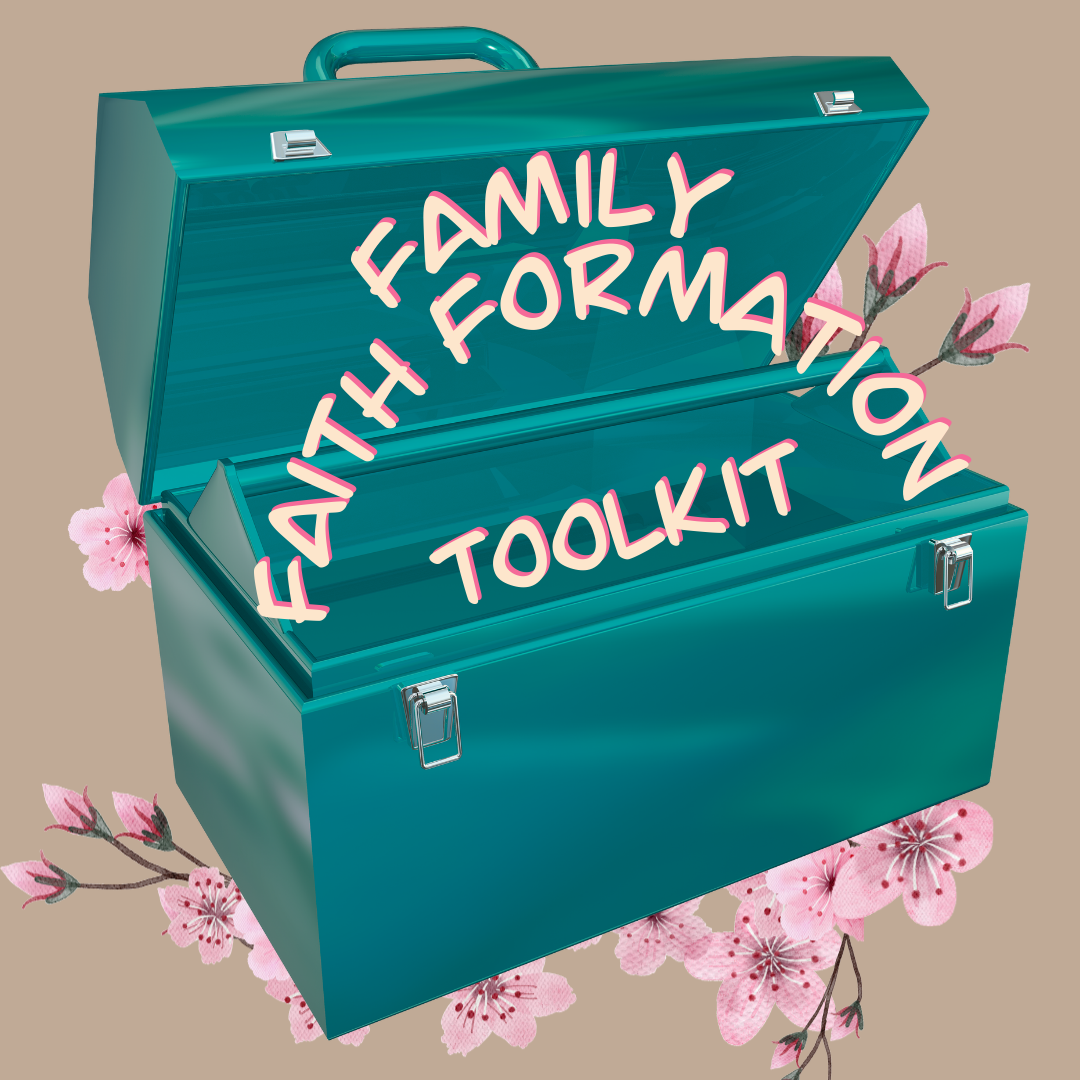

Last month, we explored ways to incorporate gratitude into our family life, and service is something that often prompts an impulse toward gratitude. All of these tools are connected! Serving others helps us step outside the immediacy of our own challenges and forget that minor irritation that has grown to outsized proportions in our minds, recognizing that we are powerful beings who can contribute to the wellbeing of others. When we do, our own sense of wellbeing skyrockets!
Not sure how to start the talk about being of service with your family? Read on!


When I was a teenager, I attended an urban evangelical church in the heart of downtown Nashville. I LOVED my church experience and our vibrant youth group, but when Spring Break rolled around each year and we were invited to sign up for mission trips to go serve in faraway places like Honduras or Belize, I remember looking at the people sleeping on the street right outside our doors and wondering why we would fly halfway around the world to serve when there were people ten paces away that could use a hand. The reality is that service is more exciting when it happens some place exotic. But that brand of service can be more about what you get to experience than about helping someone else.
Similarly, we may find that our children are more excited about going across town and bagging up pantry staples at the food bank than they are to help cook dinner at home, but home is the place where our children can learn the importance of contributing to community wellbeing most consistently and even when it’s not exciting. It’s important to cultivate the skill of serving simply to be of use, even when there’s nothing novel or exciting about it. This can look like unpaid chores done simply because all members of a community (and a family is a community within a community!) must contribute in the ways that they can for the common good. That doesn’t mean that other chores can’t be compensated with an allowance, but it’s important that our children have the experience of contributing without expecting anything in return.


Once you’ve mastered service at home, it’s time to turn your lens outward. Here are some ideas for how children of all ages can serve.
3-5 year olds:
Children at this age are excellent at sorting. You can put those sorting skills to use at the neighborhood food bank, helping children take the cans to the right bins (call Linn Benton Food Share for information about their monthly family service nights), or at a grandparent or elderly friend’s house sorting laundry or pairing socks.
Children of this age are also great at giving the gift of time to those in care facilities who may not get much company and would be delighted by a visit. Call first, but many memory care centers or assisted living centers are excited for an offer of visits and can point you toward residents who don’t have much companionship from local family.
It’s fun to bake treats and deliver them to neighbors or the unhoused. Children in this age group can assist in the kitchen and then help with the hand delivery. A load of banana bread from a child is always more delicious!
6-12 year olds:
This age group can do everything from the above list, and more!
The grounds team at the Fellowship is always looking for help raking, weeding, and spreading mulch. Contact Michael Hughes to ask about opportunities to contribute to the beautification of our grounds.
At this age, children can offer to read or play board games with seniors in care centers. I used to take a group of children to the care Alzheimer’s unit near our home every Friday. We’d bring cookies and paint the women’s fingernails for them while they told us stories from their childhood. A decade later, my grown children still tell stories from those visits with great fondness.
13 years old and up:
Children at this age can volunteer lots of places. Check out the Corvallis Youth Corps (YVC) for opportunities to serve all around Benton and Linn Counties.
The public library has service opportunities for this age group (Society for the Prevention of Boredom in Teens, aka SPOBIT), as does Habitat for Humanity’s ReStore and the local animal shelters.
Teenagers are capable of mowing lawns, raking leaves, and cleaning gutters for neighbors and aging family friends. Anything adults might do to serve, teenagers are perfectly able to participate in. In fact, there’s a huge opportunity for nonfamily mentoring to develop organically when we encourage our teens to not only participate in service activities designed for teens, but in general service alongside the adults in their community. Reach out to the justice council and find out what type of justice work is already happening in our congregation and might benefit from an infusion of youthful energy and vision!
Reflections for Caregivers
When you set out to nurture a sense of service to humanity within your family, it’s important to make some things explicit to younger children. As adults, it’s easy to assume that our kids know what we know and see the world the way we see it. Try to remember that you have decades of experiences and insights that your children don’t have, and frame up your service endeavors in a way that will help them develop healthy modes of service.
- We want helpers rather than saviors. Helping has a vibe of humility. Saving has a vibe of superiority. One of those actually relieves burdens while the other adds a layer of shame when we’re the most in need. Talk to your little helpers about the difference. Invite them to recall a time when they felt helped or saved, and how did those feel different on the receiving end? Which would they like to give others?
- Be mindful of when your child might witness a new brand of suffering in the course of their service, and offer context that might make it less alarming or anxiety-inducing. It’s important not to shield our children from age and developmentally appropriate suffering, but our first time encountering unfamiliar types of suffering often stirs up questions that our children might not yet know how to ask. Anticipating the emotional impact of the suffering of others and contextualizing it without minimizing it can go a long way toward preventing vicarious trauma.
- Emphasize that our activism is shared within a collective, and we are not asked to do this work on our own. We want to participate in sustainable activism, that includes work and rest in healthy balance. You can mitigate the likelihood that our children will run full speed towards compassion fatigue and burnout by participating in groups of volunteers, reinforcing that we are just some of many, and the work will continue when we step away to rest and care for ourselves.
If you want to chat about service in the family, my door is always open!




